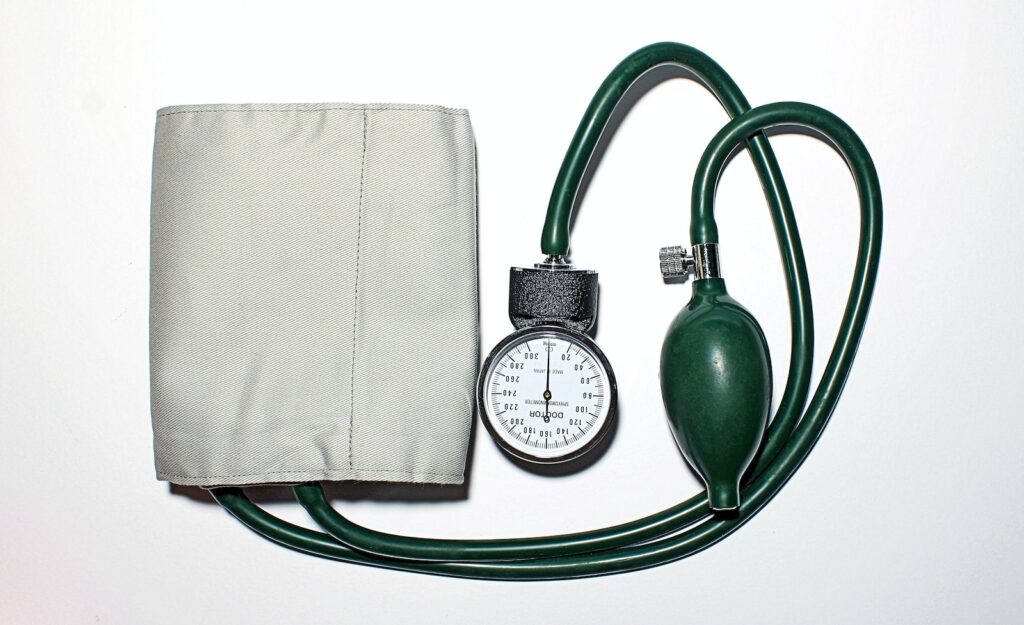Understanding the pharmacology of alcohol and drugs before and during rehabilitation is important. Information on how alcohol and drugs act in, and interact with, the body and mind with possible effects on rehabilitation can, in many cases, be very enlightening.
The human body has both internal and external balances and functions to maintain balance. When the delicate balance is disrupted unusual, and potentially harmful, results can occur. The nervous system controls the balance by continuously sensing needs or imbalances in the body and sending messages to various organs, muscles, and tissues to have those needs filled to correct the imbalance. The messages are sent along a network of billions nerve cells.
Crucial parts of the nerve cells are dozens of chemicals called neurotransmitters which transmit messages across spaces between nerve cells. If neurotransmitters are disrupted other functions of the body are disrupted.
This basic guide informs visitors of how neurotransmitters, a vital part of the brain’s message center may be effected by alcohol and drug addiction, and substance use and may impact recovery.
Psychoactive drugs disrupt the neurotransmitters directly. Generally, the stronger the drug, the greater the disruption.
Pharmacology of Psychoactive Classes
Types of Substances
- Uppers (stimulants)
- Downers (depressants)
- All-Arounders (psychedelics)
Uppers
Include drugs such as cocaine (crack, rock, freebies) amphetamines (speed, crank, crosstops, black beauties) amphetamine mimickers (diet pills, Ritalin,) nicotine (tobacco) and caffeine. Uppers raise heart rate, blood pressure and breathing rate. They constrict (tighten up) blood vessels, making people talkative, energetic, irritable. The stronger ones can cause some euphoria.
Downers (depressants)
Block or replace the action of neurotransmitters.
The three main classes of Downers are:
- Opiates & Opioids: Opium, Morphine, Heroin, Codeine, Percodan, Methadone, Darvon.
- Sedative-Hypnotics: Barbiturates (Seconal, Nembutal, Tuinal), Quaaludes, Dalmane Librium, Valium, Xanax.
- Alcohol: Beer, Wine, Hard Liquor
- Other Downers: LSD, Marijuana, PCP, Peyote, Mushrooms, MDA,and Others
Generally, downers slow the heart rate, lower the blood pressure, slow breathing, slow reaction time, cause constipation, relax muscles, blur thinking and dull emotions. Stronger varieties can cause euphoria.
All-Arounders. (psychedelics) confuse and trick neurotransmitters.
All-Arounders vary in their effects. Physically, psychedelics like LSD stimulate you. Peyote and mushrooms will make you nauseous or vomit. But, it’s the mental effects which are most pronounced. Senses, particular vision and hearing are disrupted. Colors and sound appear different and judgment is distorted.
People seek certain effects from drugs but often forget about the side effects. For example: Cocaine gives a rush, physical stimulation, and confidence, but makes you forget, have high blood pressure, have an irregular heart beat, increase the possiblity convulsions.
The Effects of Alcohol and Drugs
Each time a drug is used, it becomes harder and harder for your body to return to normal. Some of the disruption may become permanent.
Alcohol Effects
Kills brain cells and liver cells up to 10 times as many people die from alcohol use as die normally.
Cocaine Effects
- Can cause a miscarriage or birth defects in babies.
- Smoking can lead to lung cancer or emphysema.
- A dirty needle can transmit AIDS or hepatitis.
Heroin Effects
Brings effects of numbness, euphoria and freedom from physical pain. Heroin’s side effects include nausea, pinpoint pupils, difficulty in thinking, possible Aids and hepatitis, constipation and possible death from overdose.
Marijuana Effects
Causes sedation, melting of worries, giddiness, aloofness and mild hallucinations. Increases in appetite, confusion, lower hormone levels and a cough may also be present.
- Ten to twenty percent of those who use a drug will develop a major abuse problem.
- Drugs work by exaggerating processes already in the body.
- Uppers force the release of the body’s own stimulatory chemicals.
- Downers mimic the release of the body’s own painkilling and euphoric chemicals.
- All Arounders mimic and distort the messages of the senses.
Exaggerated and pleasurable sensations can usually be achieved naturally. Activities can exaggerate these processes in the body without destroying the body’s balance, without damaging effects.
Highs Without Substances for Rehabilitation
- The runner’s high
- Confidence from an or B on a test
- Excitement of a ski slope.
- The euphoria of a lover’s attention
- The sense of exaltation from a spiritual experience
- With a chemical high, the sensations become less intense with time.
- With a natural high, the feelings become more intense and easier to recapture over time.
Any psychoactive drug will unbalance the body. The more often a substance is taken or the stronger the dose the greater the disruption will be causing the body to use fewer reserves to fight infections, react quickly or think clearly.



